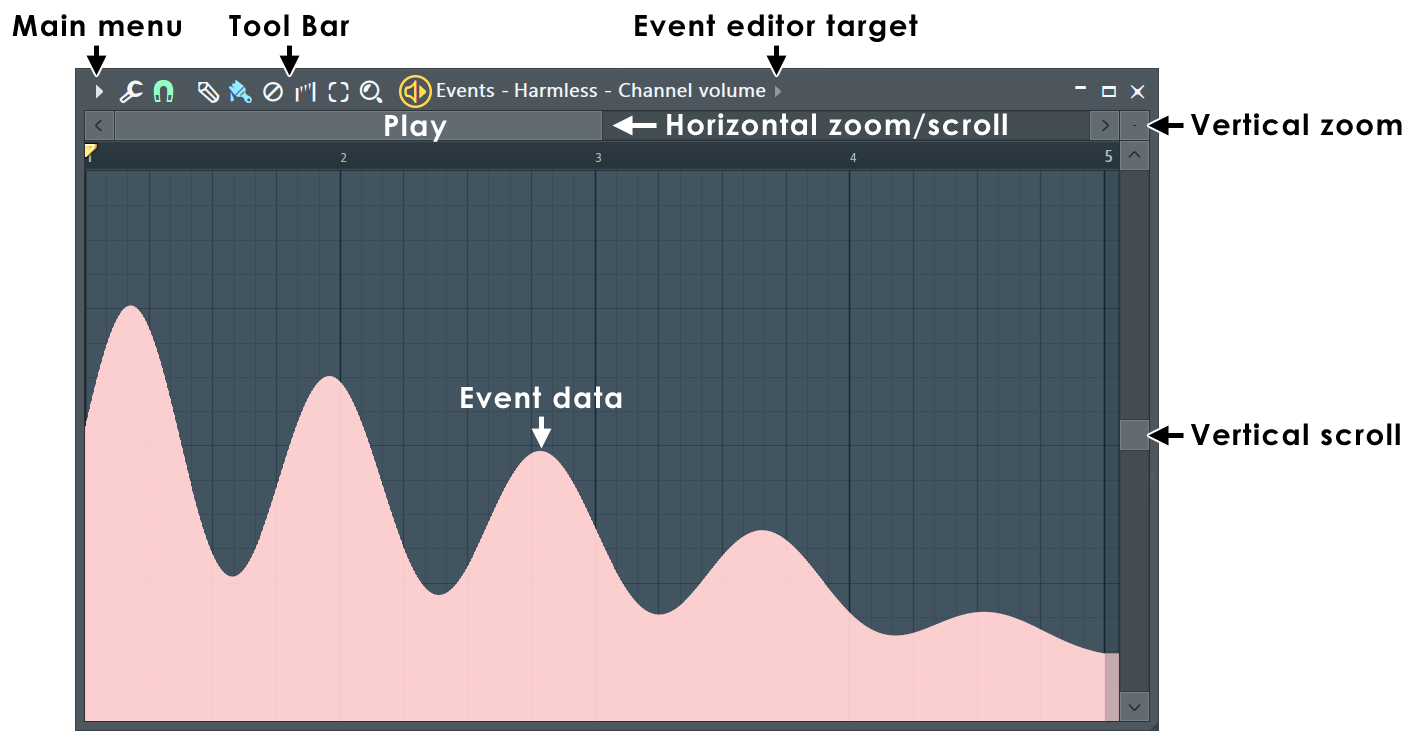
You can override this behavior by holding down Option while dragging. If the velocity value of any of the selected notes reaches the minimum or maximum value (0 or 127), none of the notes can be adjusted further. When you edit the velocity of multiple notes, the relative differences in their velocity values are retained. The line inside the note also updates to show the velocity change. The note velocity updates in the inspector as you drag. In GarageBand on Mac, select one or more notes, then drag the Velocity slider in the Piano Roll Editor header left or right. Velocity can also control other synthesizer parameters, such as filter resonance or cutoff, alone or in conjunction with volume level. Velocity indicates how hard the key was struck when the note was played, which usually corresponds to the note’s loudness (the MIDI velocity range is from 0–127, with 127 being the loudest). The length of the line relative to the overall length of the note shows the note’s velocity. Use iCloud to share a project to for iOSĮach note in the Piano Roll Editor displays a horizontal line.If your lesson doesn’t finish downloading.Choose the input source for your guitar.Create key changes with the Transposition track.Create tempo changes with the Tempo track.Build a project with arrangement markers.Compare an edited Smart Control with its saved settings.Change the Bass Amp Designer signal flow.Choose and place the bass amp microphone.Rename MIDI regions in the Score Editor.Quantize note timing in the Score Editor.View and edit music notation in the Score Editor.Use automation in the Piano Roll Editor.Rename MIDI regions in the Piano Roll Editor.Transpose regions in the Piano Roll Editor.Quantize note timing in the Piano Roll Editor.Edit MIDI regions in the Piano Roll Editor.Add third-party Apple Loops to the Loop Browser.

Record to multiple software instrument tracks.Record multiple software instrument takes.Record your voice or a musical instrument.




 0 kommentar(er)
0 kommentar(er)
